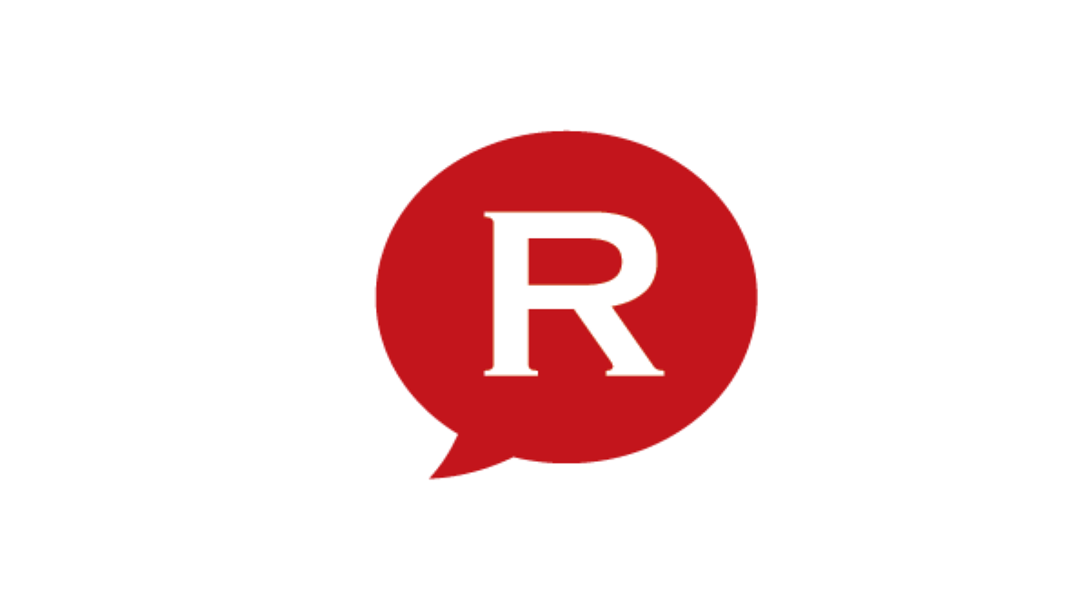Recreational drug use on the rise in Romania, a quarter of students have experimented

 Recreational drug use is on the rise among Romanians, according to the country's National Anti-Drug Agency (ANA). In its recently published 2012 report, ANA found that the percentage of the general population that had tried at least one controlled substance during their lifetime was 4.3 percent. The agency described this figure as low compared to elsewhere in Europe, but a rise for Romania. Among the young the figure is higher, some 10 percent.
Recreational drug use is on the rise among Romanians, according to the country's National Anti-Drug Agency (ANA). In its recently published 2012 report, ANA found that the percentage of the general population that had tried at least one controlled substance during their lifetime was 4.3 percent. The agency described this figure as low compared to elsewhere in Europe, but a rise for Romania. Among the young the figure is higher, some 10 percent.
For the first time in 2012, ANA carried out a study of drug use among students at eight Romanian universities. The investigation found that 23.2 percent of the students had tried an illicit substance at least once in their life. The most commonly used substance among the student was cannabis, some 21 percent, followed by ecstasy, magic mushrooms, ketamine, cocaine, LSD and amphetamines. Heroin use was under 1 percent. New substances and so called legal highs are also gaining popularity.
Increasing drug use was reflected in many of ANA's figures, including the rate of problem drug use in the population, the number of hospitalizations resulting from taking illicit substances and the rates of infection of drug use related diseases, such as hepatitis and HIV.
ANA expects identifies a number of challenges facing the institutions that tackle use of illicit substances. These include greater incidence of individuals using a variety of substances and big increases in new substances. The supply and demand in the market for illegal substances will change, with new drug production areas, trafficking routes and emerging markets expected. Rising use of the internet to help in distribution is also foreseen, as well as a continuation in the rising rates of hepatitis and HIV infection.
“The institutional response to the dynamic phenomena of drugs cannot be limited to a single institution or organization, but must be the result of real, consistent and effective institutional cooperation,” according to Romania's anti-drug agency.
editor@romania-insider.com
photo source: sxc.hu












